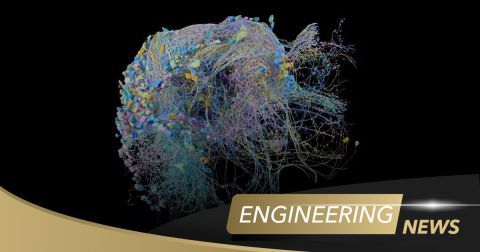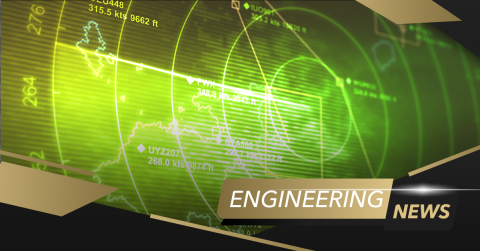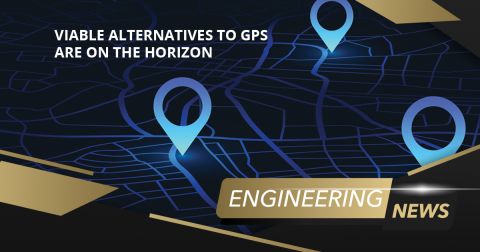California Bets on Electric Cars and Plans to Ban Gasoline Car Sales by 2035

No matter how you might feel about renewable energy and associated environmental issues, electric vehicles are becoming more mainstream and will become the primary mode of transportation in the future. On 24 September 2020, Governor Gavin Newsome of California affirmed this view of environmental protection by announcing California intends to ban sales of all gas and diesel vehicles by 2035. The executive order is sure to become a major source of political contention in the US. Because of California’s size and vast market share of vehicles, the state will set the tone for the rest of the nation going forward. This is certainly a bold move by Governor Newsome.
For the engineering community, what’s much more interesting is how our power distribution and management infrastructure can support this shift to massive increases in the use of electricity on the grid. At a time when US renewable generation capacity only accounts for 17% of total US energy generation (as of 2019, according to EIA.gov), California has a long way to go towards supporting this shift towards an all-electric vehicle fleet.
So what’s the rub for PCB designers? Expect to see new investment by the State of California and utilities in energy generation, distribution, and storage projects in order to satisfy the increased burden on the power grid. There is plenty of room to innovate throughout the grid, in the vehicle, and at the plant, level to ensure such an ambitious zero-emissions target can be met.
The Road Ahead for California’s Electric Cars
The current goal for the state of California and its private utilities is simple: bring enough renewable energy generation and storage capacity online so that fossil fuel consumption doesn’t simply move outside of automobiles and into a power plant. This has been one of the primary objections to banning sales of gasoline cars: it doesn’t actually reduce fossil fuel consumption because there isn’t enough renewable generation capacity.
This means the renewables industry, primarily wind and solar, will need to build out power generation, storage, distribution, and management capacity to satisfy increased power demand that is sure to result from Newsome’s executive order. The battery industry will also need to kick into high gear to satisfy California’s demand for ~2 million new vehicles annually. PCB designers will play a major role in building out power management systems in both areas. Some opportunities can be found at two levels: in the vehicle and on the grid:
In Vehicles
With an order to go all-electric, energy consumption needs to be reduced in the vehicle to ensure a vehicle has high range. Innovation in vehicles needs to be focused on a few key areas:
- Power management systems that help maximize charging/discharging efficiency while ensuring safety
- More efficient drive and electromechanical systems
- Safer batteries with lower losses and current battery chemistry
In addition, power consumption in every other system in the vehicle should be reduced as this will maximize range for a given battery capacity. This needs to happen at the component level, and at the board level through tight power management and elimination of unneeded peripherals.
The battery industry will have a major role to play in developing new battery materials. The goal in this area is to develop more efficient, longer-lasting batteries without sacrificing charge/discharge rates and without changing the current battery chemistry. Next-generation battery materials, as well as unique power management and control systems, will give.
On the Grid
The pressure on the grid comes from the need for greater renewable generation capacity. Alongside increased generation capacity comes the need for an array of power management electronics, including inverters, charge collectors, sensors, and many other components. Designers who already have experience working on high power systems may eventually find themselves working in this area of energy management.

In addition to increasing renewable energy generation capacity, the grid needs a major overhaul to accommodate shocks from intermittent generation of solar and wind energy. Hawaii has had major problems integrating solar energy into their utility grid due to the intermittent nature of solar generation, and they’ve even gone so far as to order citizens to deactivate their home solar modules to prevent power surges. We can only hope that California learns from Hawaii’s mistakes and adopts an energy storage strategy alongside renewable generation.
The saying in the US is “as California goes, so goes the nation,” meaning this is likely to be the start of a significant shift towards all-electric vehicles and supporting infrastructure. Whether you’re designing power systems for vehicles, charging stations, or other power electronics, the PCB design tools in Altium Designer® contain everything you need to stay at the cutting edge. You’ll also have access to the Altium 365® platform, giving you a way to work with collaborators and manage your design data.
Now you can download a free trial of Altium Designer and learn more about the industry’s best layout, simulation, and production planning tools. Talk to an Altium expert today to learn more.













 Back
Back